
In the middle of the 80s the SLR manufacturers began to produce Autofocus SLRs for the mass market. Minolta started with the 7000 (aka Maxxum 7000) in 1985, Nikon introduced the F-501 (aka N2020) in 1986, Canon launched the EOS 650 and Pentax the SFX (aka SF-1) in 1987. For Minolta or Canon users switching to AF was expensive, because the new AF mounts were not compatible with their old gear. In contrast, Nikon and Pentax maintained their lens mounts, which allowed a slow change to AF. Many Nikon or Pentax users bought an AF body plus an AF telephoto zoom and continued to use their manual focus wide-angle lenses.
Starting in 1987, Cosina offered an interesting alternative: Lenses with an autonomous autofocus system. The AF 75-200mm f/4.5 is probably Cosina's most successful lens of this kind. It was sold under various brand names such as Cosina, Soligor or Vivitar. My sample is an Exakta:
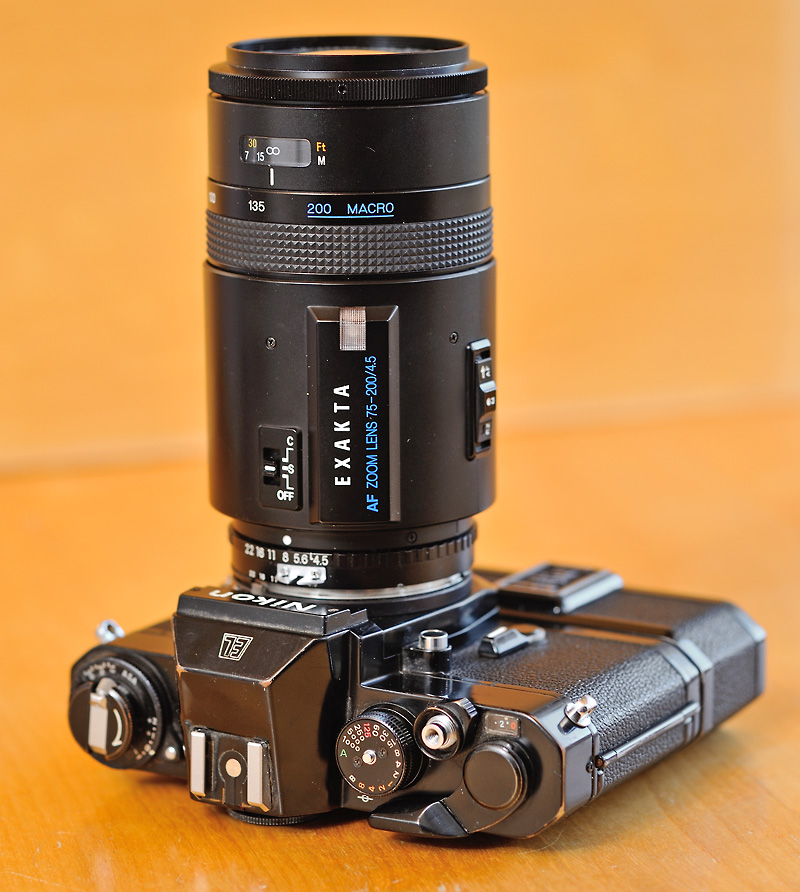
|
|
Fully automatic: Nikon EL2 from 1978 with AW-1 winder and Exakta AF 75-200mm f/4.5. The lens offers the usual AF-S and AF-C modes. |
Between the lens elements there is a beam splitter - I guess a pellicle mirror - that redirects some light to the autofocus unit. By flashing a torch into the lens you can divine the construction. There is a video on YouTube showing the disassembly of the lens, see here. At about 29:00 the guy begins to play with the splitter unit.
Some versions of this lens - mine too - offer an additional powerzoom mode. In this mode the integrated motor is used for zooming and not for focussing. But it is more a joke than a serious option - zooming manually is smooth and much faster!
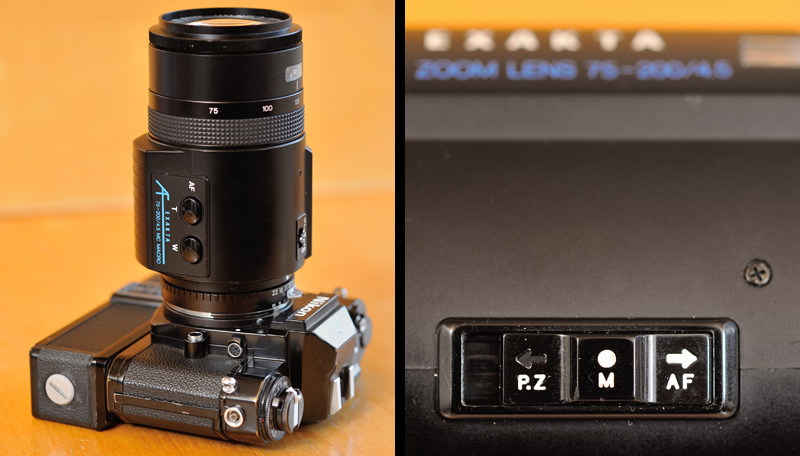
|
|
In powerzoom mode the two buttons named "W" and "T" are used for zooming. In AF mode the two buttons have the same function: focussing. The mode switch has three positions: PZ-M-AF. A bit confusing: even if set to "M" the motor is running (without function) when pressing one of the two buttons. Only if you set the autofocus switch to "OFF" the unit is really switched off. |
Unfortunately, I do not have a user's manual for the lens. Of course, you do not see any markings for the size of the AF sensor in the viewfinder. Therefore I do not know the actual size of the sensor. It seems to be significantly larger than for example Nikon's AM200 module (e.g. used in F-801/N8008 and F4). From my today's point of view the AF works relatively slow and noisy. For the 80s the speed is ok. The AF works precise, even in bad lighting conditions, see sample images below. In AF-S mode the lens beeps and lights up when the subject is in focus.
The lens takes three size 'AAA' cells. Sadly, they drain very fast. Thus, the usage of rechargeable batteries is a good idea!
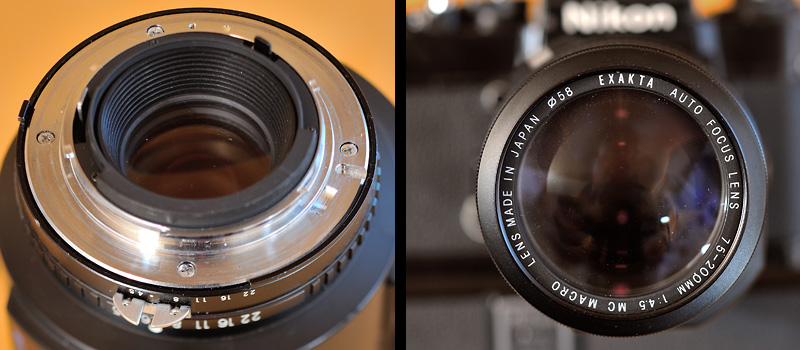
|
|
The AF 75-200mm f/4.5 has got an AI-S mount. Thanks to the meter coupling shoe, even pre-AI cameras can be "AFed" with this lens. |
Optically my Exakta AF 75-200mm f/4.5 is overall a solid performer. The corners are a bit soft even stopped down. Distorsion and field curvature are pronounced. Moreover, the lens is prone to flare and sometimes it produces unusual ghosts, caused by the beam splitter, I guess.
I compared it to the Zoom-Nikkor 80-200mm f/4.5 (last version, bought in 1979):
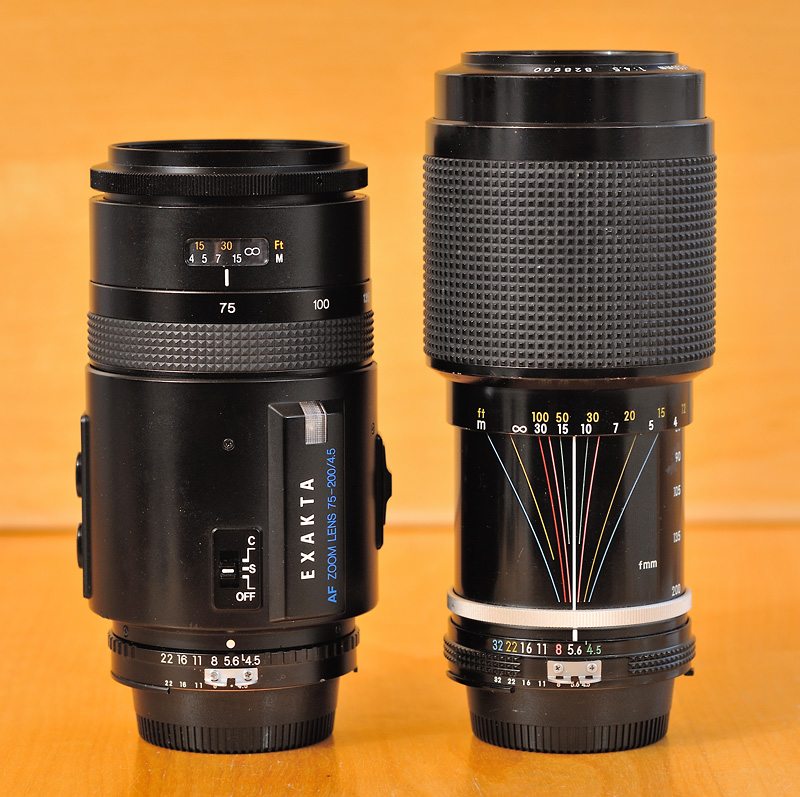
|
|
The Exakta is smaller than the Nikkor and it weighs less: 685g (including batteries!) versus 735g. |
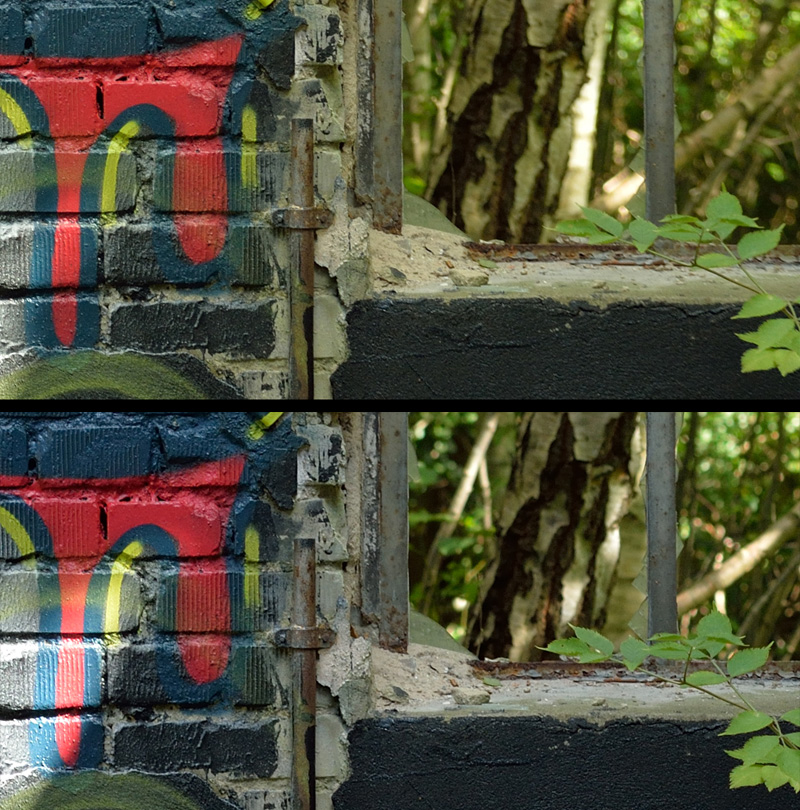
|
|
Here are 50%-crops from the lower right corner, shot at 135mm and F8 with the Nikon Df. Upper image: Exakta. |
The Nikkor is clearly better - that is true for every aperture and every focal length: the Nikkor delivers sharper corners.
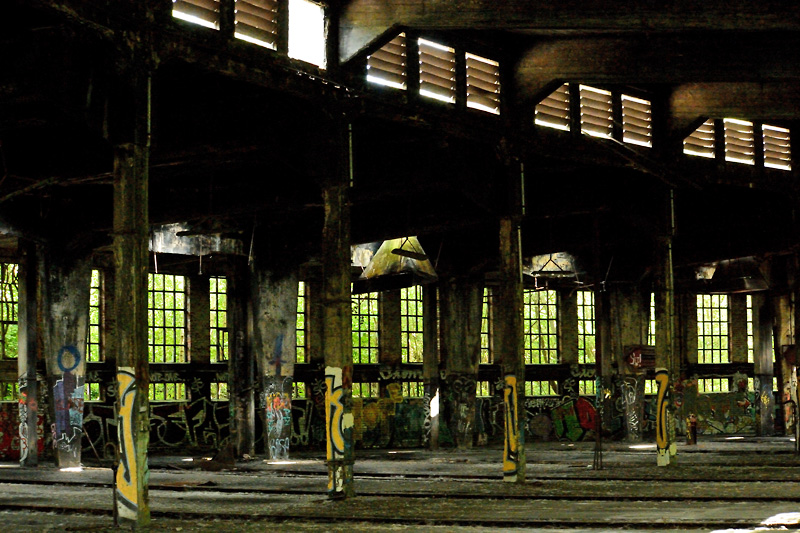
|
|
In a former steam engine roundhouse. Nikon Df at ISO 25600 and 1/250 sec. plus Exakta AF 75-200mm f/4.5 at 75mm and F8, AF-S mode. |
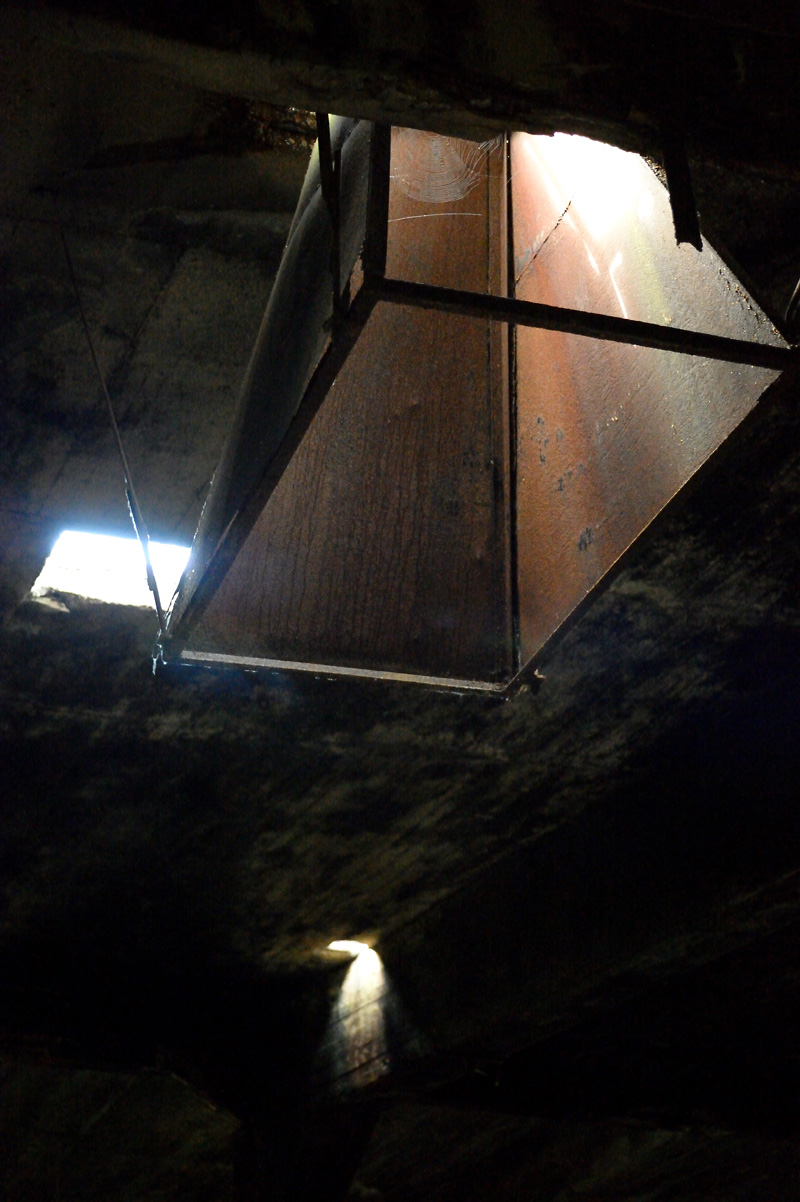
|
|
Flue. Nikon Df at ISO 25600 and 1/250 sec. plus Exakta AF 75-200mm f/4.5 at 100mm and F4.5, AF-S mode. |
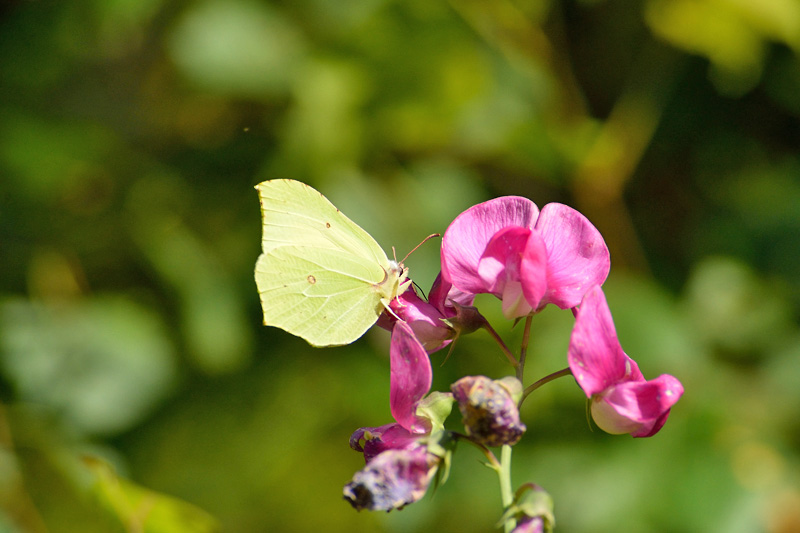
|
|
Nikon Df at ISO 800 and 1/1000 sec. plus Exakta AF 75-200mm f/4.5 at 100mm and F8, AF-C mode. |